Probiotics and Oral Health
Probiotics are all the rage for digestive health. Can they improve oral health, too?

What Are Probiotics?
Probiotics are made up of beneficial bacteria and yeast. You can ingest them through foods and supplements.
Historically, they have been promoted as helpful to rebalance bacteria levels in the digestive tract. As such, they have been useful in the treatment of digestive disorders caused by an overabundance of bad bacteria.
How Do Probiotics Work?
Probiotics fight off bad bacteria in several ways:
- The good bacteria can take up residence in your body where bad bacteria would otherwise live. By doing so, they can reduce your immune/inflammatory response.
- Good bacteria release antimicrobial substances like organic acids and hydrogen peroxide. These are beneficial compared to the harmful acids that bad bacteria produce.
- Probiotics can help balance the pH level of your body. This may prevent bad bacteria from establishing a presence.
How Could Probiotics Help Oral Health?
Research on the effects probiotics have on oral health is ongoing. The U.S. Food and Drug Administration has not approved any specific health claims. However, some studies suggest that probiotics may have oral health benefits:
- Bacteria reduction/prevention – The sticky film that forms on teeth is known as plaque. It consists of harmful bacteria that break down food particles into acid and cause tooth decay. Some studies on probiotics have shown that the harmful bacteria that forms plaque is replaced by beneficial bacteria when taking probiotics. This leads to a reduction in the acid that can lead to tooth decay.
- Reduce gum disease, inflammation and bad breath – All of these conditions are caused by harmful bacteria. With the introduction of probiotics, some studies have shown that the symptoms of these conditions are reduced.
To fully understand the action of probiotics in the oral cavity and their ability to reduce the bacteria that cause tooth decay and gum disease, further research is necessary. This will help people understand the role of probiotics in oral health and identify any limitations to their effectiveness.
Foods With Probiotics
Probiotics occur naturally in many dairy and fermented foods. Examples include:
- Yogurt
- Cultured cottage cheese
- Buttermilk
- Sauerkraut
- Kombucha
- Miso soup
Make sure to discuss probiotics with your doctor before changing your diet or starting any dietary supplements.
Save With Blue365®
BCBS FEP Dental members can access premier health and wellness discounts from leading brands through our Blue365 program. Many deals are available and new ones are constantly being added. To help you achieve your dietary goals, you can get discounts on nutritional products along with other personal care items. Visit Blue365 to learn more.
Note: The information in this article is not meant to replace the advice of your dentist or another licensed healthcare professional. Talk to your dentist for any specific dental advice.
Source: https://www.ncbi.nlm.nih.gov/pmc/articles/PMC10534711/






